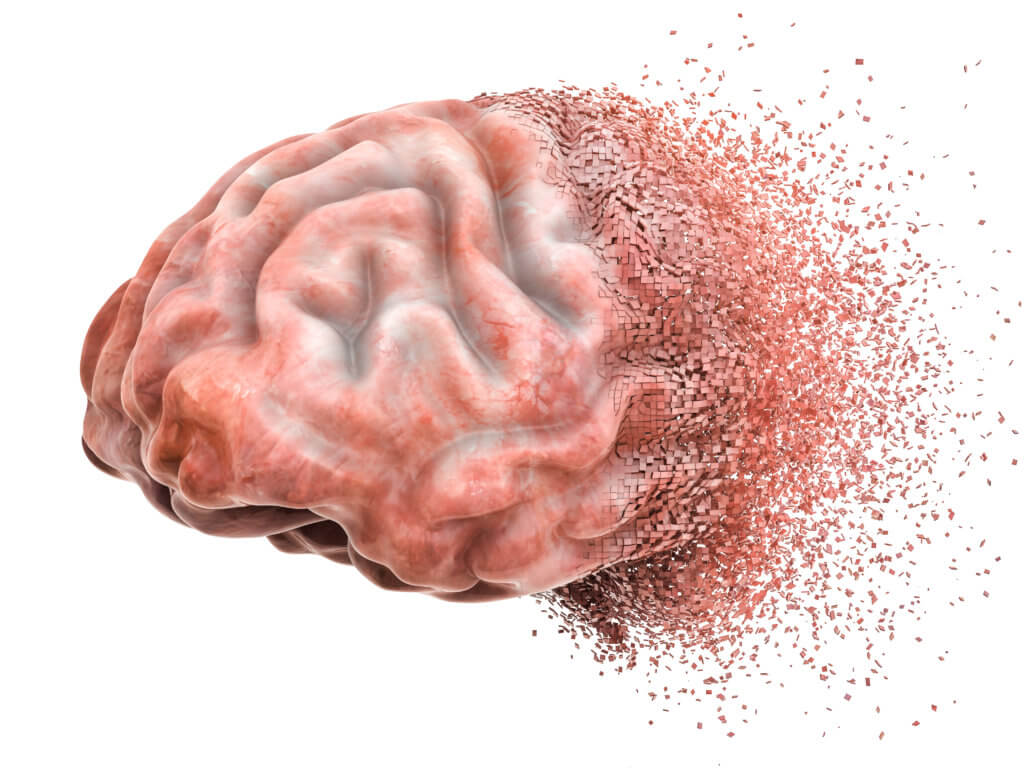A new therapy for Alzheimer’s disease that involves whole blood exchange could inhibit the formation of toxic plaques in the brain, which can ultimately slow disease progression. The innovative treatment was devised by researchers at the University of Texas Health Science Center at Houston (UTHealth Houston).
Scientists performed a series of whole blood exchange treatments on mice. They partially replaced blood from any mice that showed signs of amyloid precursor proteins, which can promote plaque formation, with blood from mice that were healthy.
“This article provides a proof-of-concept for the utilization of technologies commonly used in medical practice, such as plasmapheresis or blood dialysis, to ‘clean’ blood from Alzheimer’s patients, reducing the buildup of toxic substances in the brain,” says Claudia Soto, director of the George and Cynthia Mitchell Center for Alzheimer’s Disease and Related Brain Disorders and the Huffington Foundation Distinguished Chair in Neurology at McGovern Medical School.
An overwhelming amount of studies have previously shown that amyloid proteins play a key role in the development of Alzheimer’s disease, making it an important target for treatment. After several blood transfusions, the researchers found that the development of cerebral plaques in a mice model of Alzheimer’s disease was reduced by 40% to 80%. This reduction also resulted in improved memory performance in older mice showing amyloid buildup, and lowered the rates of continued plaque formation over time.
The treatment of Alzheimer’s disease has been considered complicated for years due to difficulty in applying therapeutic agents that address the blood-brain barrier. Through their latest research, the researchers discovered that manipulating circulating components in Alzheimer’s disease could be what ultimately solves this issue. “Blood vessels in the brain are classically considered the most impermeable barrier in the body,” says Akihiko Urayama, PhD, associate professor in the department. “We have been aware that the barrier is at the same time a very specialized interface between the brain and the systemic circulation.”
The mechanism by which new blood is able to improve symptoms and disease progression is unknown. Researchers believe that it could be due to several different reasons. One theory is that the blood exchange prevents re-uptake of amyloid proteins that lead to Alzheimer’s disease. More research should be done to narrow down more specific reasons.
Regardless of the mechanisms of actions, the team’s findings represent the start of a new discovery for potential targets and treatments that don’t even involve the brain. “This approach has the advantage that the disease can be treated in the circulation instead of in the brain,” says Soto.
The study is published in the journal Molecular Psychiatry.












